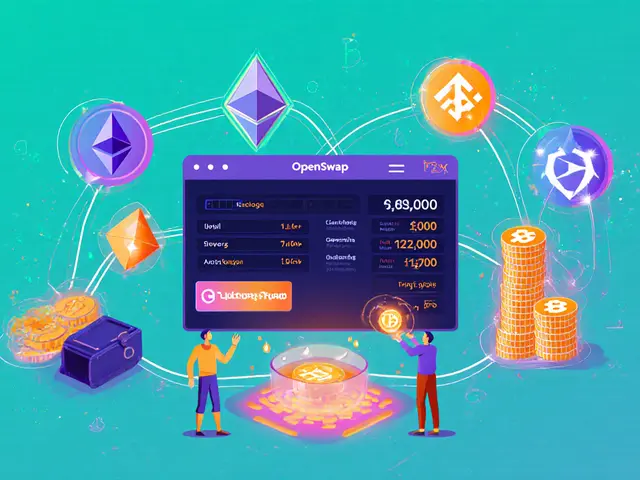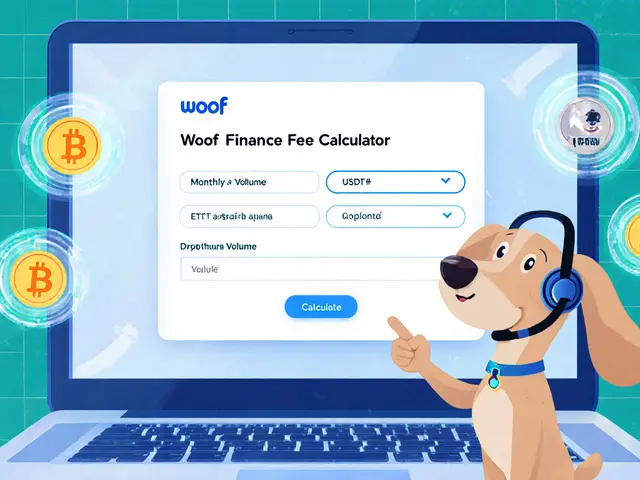Staking APR – What It Means and How to Use It
When you hear Staking APR, the annual percentage rate you earn by locking crypto tokens in a proof‑of‑stake network or a DeFi protocol. Also known as staking annual return, it tells you how much your balance could grow in a year if you kept the same rate. Staking APR is not a static number – it changes with network activity, token price, and the way rewards are compounded. Understanding those moves helps you avoid surprise drops and spot the best places to earn.
Key pieces that shape the APR
First up, a validator node, the entity that runs the consensus software, validates transactions and secures the chain decides a big chunk of the rate. Validators earn inflation rewards and transaction fees, then share a portion with delegators. If a validator charges high commissions, the delegator’s effective APR drops. Next, the DeFi platform, any smart‑contract service that lets users lock tokens for yield, like liquidity mining or staking pools often adds extra incentives—extra token emissions, fee rebates, or bonus multipliers. Those boost the headline APR, but they can be temporary and depend on the platform’s tokenomics. Finally, the math behind the number matters. Most projects quote a simple APR, which ignores the effect of compounding. The real growth you see in your wallet follows a compound interest, the process of reinvesting earned rewards to generate further rewards pattern. Using an APY (annual percentage yield) calculator shows you the true yearly gain. These three entities—validator node, DeFi platform, and compound interest—are tightly linked. Staking APR encompasses the validator’s commission, requires the platform’s token emission schedule, and influences the compound interest you’ll earn.
When you compare rates, look beyond the headline number. Check the validator’s uptime, the platform’s security audits, and whether the rewards are paid in the staked token or a separate incentive token. A higher APR that comes with a risky validator or an unverified contract can cost you more than a modest, stable rate.
Another factor that often gets missed is network inflation. Some proof‑of‑stake chains mint new tokens at a fixed rate, which inflates the supply and can dilute your holdings even if the APR looks attractive. The effective return after accounting for inflation is sometimes called the net APR.
Because staking is usually a lock‑up, you also need to think about liquidity. Some platforms let you unstake instantly but charge a penalty; others impose a waiting period of days or weeks. The penalty reduces your real APR, so always factor that in when you run the numbers.
For most users, the sweet spot is a validator with a solid reputation, a modest commission (usually 5‑10 %), and a DeFi platform that adds a predictable bonus without compromising security. This combo delivers a reliable net APR that can be comfortably compared across chains.
Below you’ll find a curated list of articles that break down staking APR for specific coins, compare validator commissions, explain how DeFi pools calculate rewards, and give step‑by‑step guides on maximizing your yields while keeping risk low. Dive in to see real‑world examples, tools for APR tracking, and tips to boost your earnings without locking yourself into a bad deal.
An in‑depth Tothemoon crypto exchange review covering fees, staking, leverage, debit card, security, user sentiment and a feature comparison with major rivals.



 Finance
Finance




